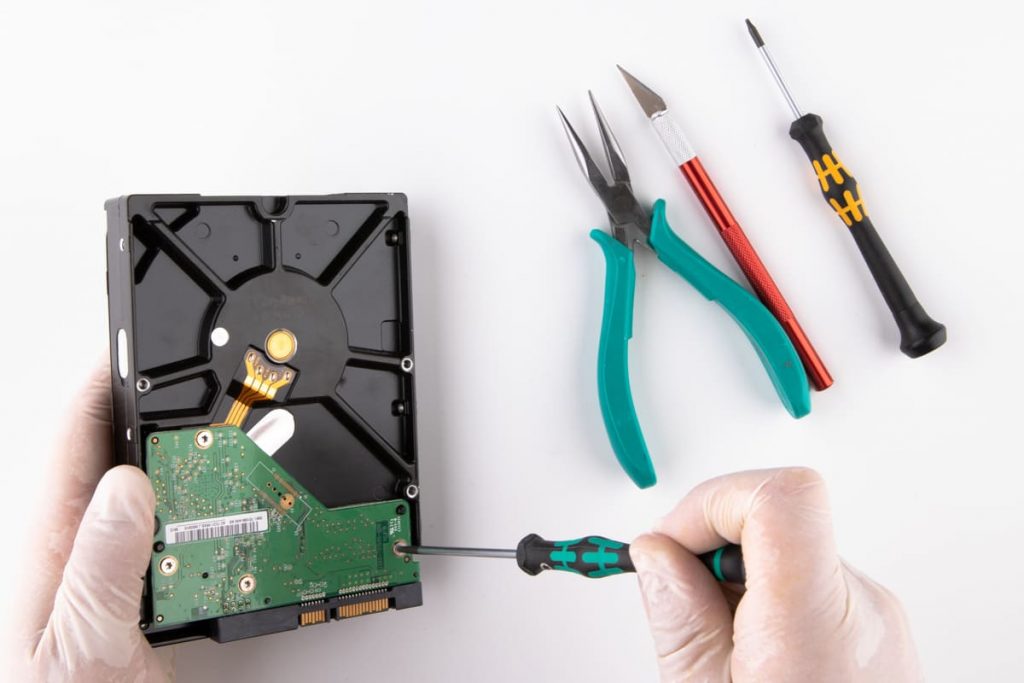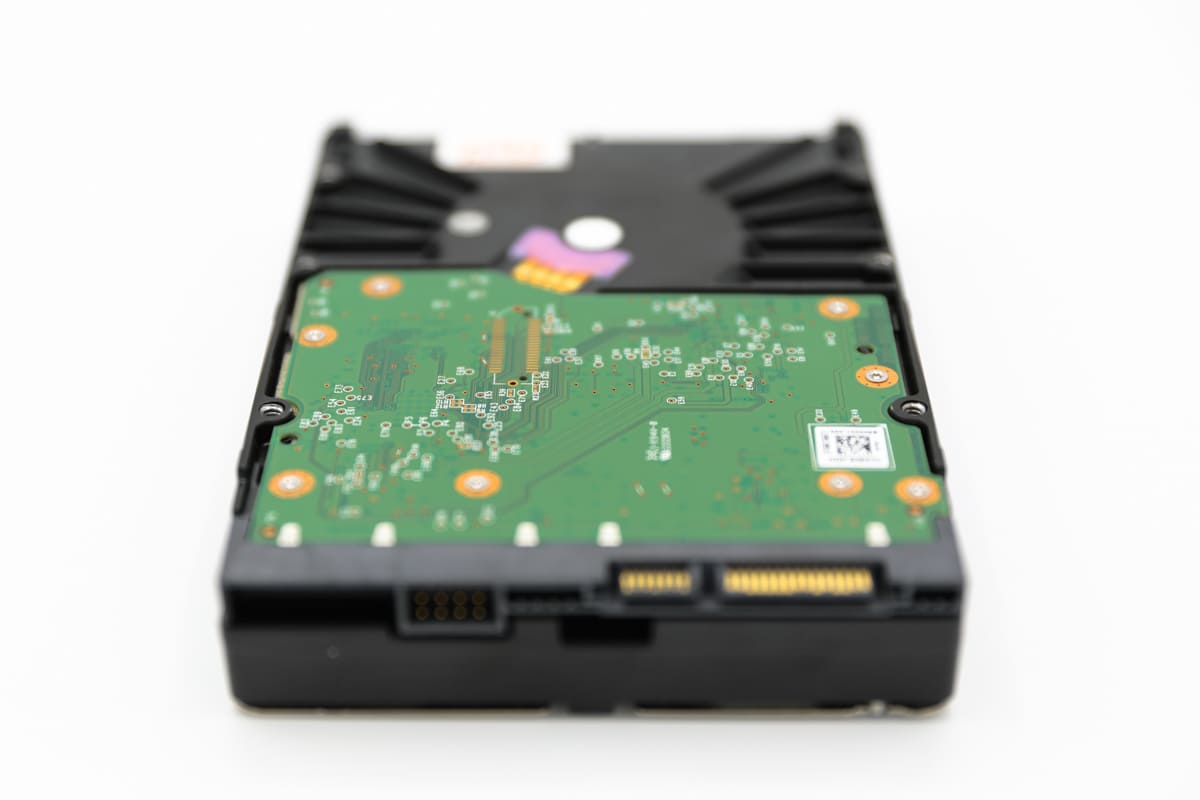Hard drives have a significant impact on computer users’ everyday life. These devices process all the essential files, so their healthy operation is very important. Still, hard drive malfunction can happen anytime, anywhere, making all the files stored on the device inaccessible or corrupted.
Common Scenario when Dealing with Failure
When a hard drive failure occurs, users react differently. Many of them try to solve the problem themselves.
There are many repair tutorials and data recovery software on the Internet. So, when physical or mechanical damage to the hard drive occurs, people try to fix the issue by themselves and open the device to see what is wrong. This approach is not suitable for sensitive hard drives, as they require specialized facilities. Another wrong step is replacing broken parts with healthy components without checking compliance with the failed hard drive.
In a logical failure situation, people attempt to restore inaccessible files using recovery tools. Recovery programs found on the Internet do not guarantee 100% recovery. Moreover, downloading and installing unverified software on the failed device can be very risky. Overwriting and malware are one of the most common issues caused by these tools.
Hard Drive with Several Recovery Attempts
We also receive many cases with the hard drives that were opened before in the repair shops or by any other specialists who couldn’t restore the files. And storage devices with previous attempts of repair and recovery become one of the most complicated cases.
The hard disk drive from our recent case has gone through a lot of obstacles before coming to our lab. When facing a failure and data loss, the client decided to try to repair the device by himself. He watched many videos on the Internet and decided that the problem was with the PCB.
After finding a donor hard drive, he unscrewed the failed PCB and replaced it with the new one. Nevertheless, this did not work, as the hard drive did not accept the new Printed Circuit Board. After many attempts, he decided to take the device to data recovery engineers.
His first step in restoring lost files was contacting Eurasia’s data recovery companies. However, all those efforts were useless behind everything the device went through.
We Start the Recovery Case
After all the methods, we received a call from the client on our customer service line. He requested an evaluation from our experts to see if there was any chance to restore data. Beforehand, the customer explained everything that happened to the hard drive. After discussing technical inspection and shipping, he sent the device to our recovery lab.

As soon as we received the hard drive at our facility, we started the evaluation. Technically the drive was not in its initial state, which was very noticeable. Because of the previous recovery attempts, our engineers observed surface scratches. The evaluation showed that despite all of the methods and techniques used on the hard drive, most of the files could still be recovered. So, after a deep inspection of the drive, our engineers chose the recovery strategy and went with it.
Our engineers worked with the device in ISO Certified Class 10 Cleanroom not to damage the device more. Every step had a significant impact on the recovery outcome, and we realized it. Hence, it was essential for us to perform safe and professional recovery and rescue as many files as possible.
Results of the Recovery
With our expert methods, high skills, and attention to detail, all these happenings had a happy ending. Only 11 GB out of 600 GB of data was damaged, which made our client extremely satisfied. He did not expect such results, considering everything the hard drive went through.
Our client expressed deep appreciation and received all the recovered data. Thus, we closed this case within one week and with 98% success.
